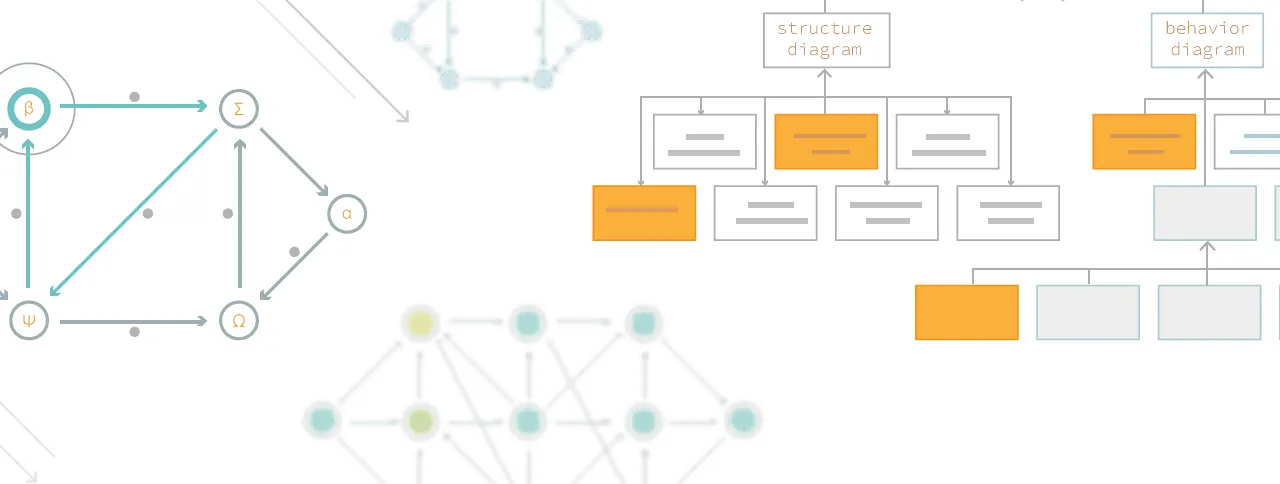
High Performance Computer Architecture 
This course provides an in-depth look at the design of high-performance computer architectures. Learn how to measure and improve the performance of computer systems, and explore the hardware, software, and compiler-based solutions to performance issues. Take this course to gain a deeper understanding of computer architecture and performance. ▼
ADVERTISEMENT
Course Feature
![]() Cost:
Cost:
Free
![]() Provider:
Provider:
Udacity
![]() Certificate:
Certificate:
No Information
![]() Language:
Language:
English
![]() Start Date:
Start Date:
On-Demand
Course Overview
❗The content presented here is sourced directly from Udacity platform. For comprehensive course details, including enrollment information, simply click on the 'Go to class' link on our website.
Updated in [June 30th, 2023]
High Performance Computer Architecture is a course offered by Georgia Tech as part of its Online Masters Degree (OMS). This course is not eligible for credit towards the OMS degree. The course begins with a lesson on performance measurement, which leads to a discussion on the necessity of performance improvement. Pipelining, the first level of performance refinement, is reviewed. Students will learn about the weaknesses of pipelining and explore various hardware, software, and compiler based solutions to these issues.
[Applications]
After taking this course, students will be able to apply their knowledge to improve the performance of computer architectures. They will be able to identify and analyze performance bottlenecks, and develop solutions to address them. They will also be able to design and implement hardware and software solutions to improve the performance of computer architectures. Additionally, they will be able to use compiler techniques to optimize code for better performance.
[Career Paths]
The next topic is memory hierarchy, which is the second level of performance refinement. The student will learn about the various levels of memory hierarchy, their characteristics, and how to optimize them. The student will also learn about the various techniques used to improve memory hierarchy performance.
The final topic is high performance computer architecture. This topic covers the design of high performance computer systems, including the use of multiple processors, vector processors, and parallel architectures. The student will learn about the various techniques used to improve the performance of these systems, as well as the various tools used to design and analyze them.
A career path recommended to learners of this course is High Performance Computer Architect. High Performance Computer Architects are responsible for designing and developing high performance computer systems. They must have a deep understanding of computer architecture, memory hierarchy, and performance optimization techniques. They must also be able to analyze and optimize existing systems, as well as design new systems.
The development trend of this job position is towards the use of more advanced technologies such as artificial intelligence, machine learning, and quantum computing. High Performance Computer Architects must be able to understand and utilize these technologies in order to create the most efficient and powerful computer systems. Additionally, they must be able to work with other professionals such as software engineers and data scientists in order to create the most effective solutions.
[Education Paths]
The next topic is memory hierarchy. The student will learn about the various levels of memory, their characteristics, and how to optimize their use. The student will also learn about the various techniques used to improve memory access times.
The course then moves on to the topic of parallelism. The student will learn about the various types of parallelism, such as instruction-level, thread-level, and data-level parallelism. The student will also learn about the various techniques used to exploit parallelism, such as vectorization, loop unrolling, and thread-level parallelism.
Finally, the student will learn about the various techniques used to improve the performance of a computer system. These techniques include instruction scheduling, branch prediction, and memory prefetching.
The educational path recommended for learners is to pursue a degree in Computer Science or Computer Engineering. This degree will provide the student with the necessary knowledge and skills to understand and design high performance computer architectures. The student will learn about the various techniques used to improve the performance of a computer system, such as pipelining, memory hierarchy, and parallelism. The student will also learn about the various techniques used to exploit parallelism, such as vectorization, loop unrolling, and thread-level parallelism.
The development trend for this degree is to focus on the use of modern technologies, such as cloud computing, artificial intelligence, and machine learning. These technologies are becoming increasingly important in the field of computer architecture, and students should be prepared to use them in their designs. Additionally, the development of new hardware architectures, such as GPUs and FPGAs, is also an important trend in the field. Students should be prepared to design and optimize these architectures for high performance computing.
Course Syllabus
Introduction and Trends
Computer Architecture & Tech Trends,Moore's Law,Processor Speed, Cost, Power,Power Consumption,Fabrication YieldPerformance Metrics and Evaluation
Measuring Performance,Benchmarks Standards,Iron Law of Performance,Amdahl's Law,Lhadma's LawPipelining Review
Pipeline CPI,Processor Pipeline Stalls,Data Dependencies,Pipelining OutroBranches
Branch Prediction,Direction Predictor,Hierarchical Predictors,PSharePredication
If Conversion,Conditional Move,MOVc SummaryInstruction Level Parallelism (ILP)
ILP Intro,RAW Dependencies,WAW Dependencies,Duplicating Register Values,Instruction Level Parallelism (ILP)Instruction Scheduling
Improving IPC,Tomasulo's Algorithm,Load and Store InstructionsReOrder Buffer
Exceptions in Out Of Order Execution,Branch Misprediction,Hardware Organization with ROBMemory Ordering
Memory Access Ordering,When Does Memory Write Happen,Out of Order Load Store Execution,Store to Load Forwarding,LSQ, ROB, and RSMemory
How Memory Works,One Memory Bit SRAM,One Memory Bit DRAM,Fast Page Mode,Connecting DRAM To The ProcessorMulti-Processing
Flynn's Taxonomy of Parallel Machines,Multiprocessor Needs Parallel Programs!,Centralized Shared Memory,Distributed Shared Memory,Message Passing Vs Shared Memory,Shared Memory Hardware,SMT Hardware Changes,SMT and Cache PerformanceCourse Provider

Provider Udacity's Stats at AZClass
Discussion and Reviews
0.0 (Based on 0 reviews)
Explore Similar Online Courses

How to Make a Discord Bot with discordjs

JavaScript Objects Course

Python for Informatics: Exploring Information

Social Network Analysis

Introduction to Systematic Review and Meta-Analysis

The Analytics Edge

DCO042 - Python For Informatics

Causal Diagrams: Draw Your Assumptions Before Your Conclusions

Whole genome sequencing of bacterial genomes - tools and applications

How does the Internet work & Networking Crash Course

Rockstar Network Foundations - Free Edition


Start your review of High Performance Computer Architecture